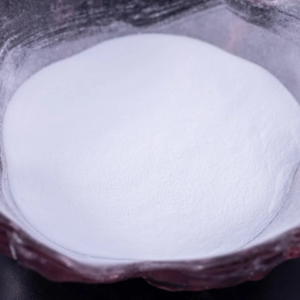Ammonium bisulfite, also known as ammonium hydrogen sulfite, is a chemical compound with the formula (NH4)HSO3. It is formed by the partial neutralization of sulfur dioxide with aqueous ammonia. Ammonium bisulfite exists as a clear, colorless to yellowish liquid or as a white crystalline solid.
Here are some key points about ammonium bisulfite:
- Composition: Ammonium bisulfite consists of ammonium ions (NH4+) and bisulfite ions (HSO3−). It is an acidic salt due to the presence of the hydrogen sulfite (bisulfite) ion.
- Production: Ammonium bisulfite is typically produced by bubbling sulfur dioxide gas through an aqueous solution of ammonia. The reaction proceeds as follows:
SO2 + 2 NH3 + H2O → (NH4)HSO3
- Uses:
- Bleaching Agent: Ammonium bisulfite is commonly used as a reducing agent and bleaching agent in various industries, particularly in the pulp and paper industry. It is utilized for bleaching pulp, removing lignin, and brightening paper products.
- Water Treatment: Ammonium bisulfite is employed in water treatment processes as a dechlorinating agent. It reacts with chlorine and chloramines to neutralize them, making it useful for dechlorination of water in swimming pools, wastewater treatment, and potable water treatment.
- Preservative: It is used as a preservative and antioxidant in food and beverage industries to prevent microbial growth and maintain product quality.
- Physical Properties: Ammonium bisulfite is soluble in water and forms acidic solutions. It is stable under normal conditions but decomposes upon heating to release sulfur dioxide gas.
- Safety Considerations: Ammonium bisulfite is a corrosive and irritant compound. Exposure to concentrated solutions or vapors may cause irritation to the skin, eyes, and respiratory tract. Proper handling procedures and protective equipment should be used when working with this chemical.











Reviews
There are no reviews yet.